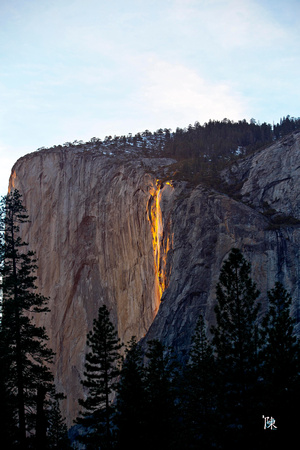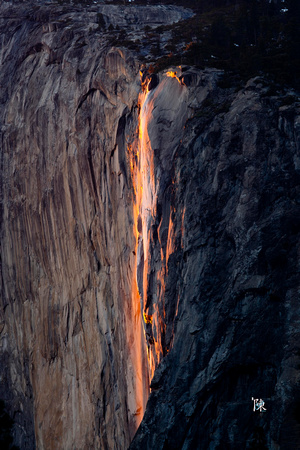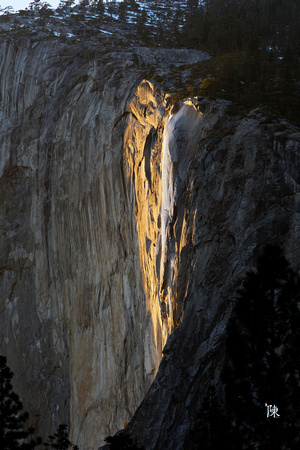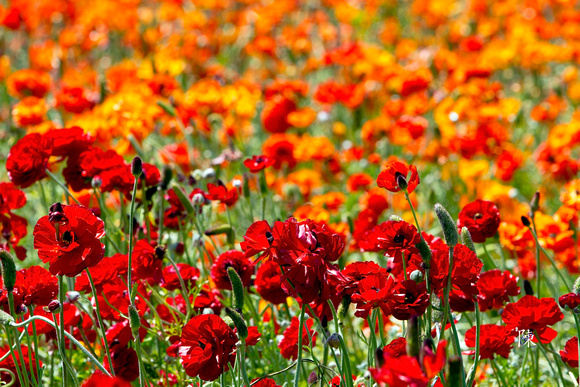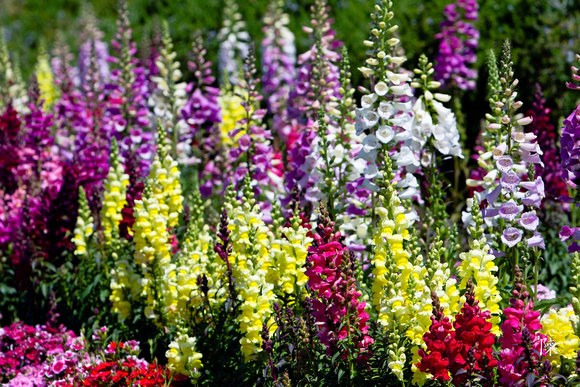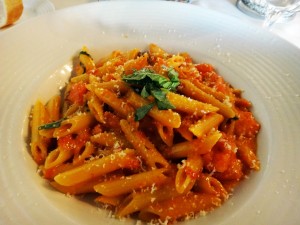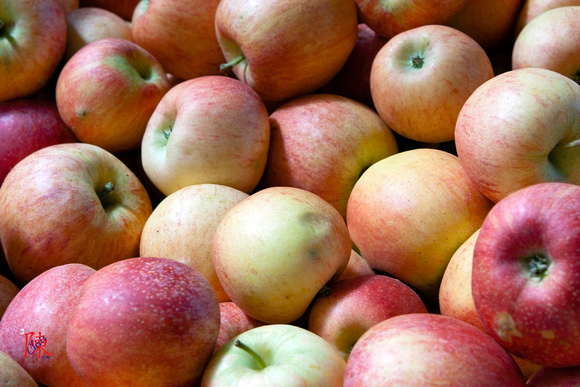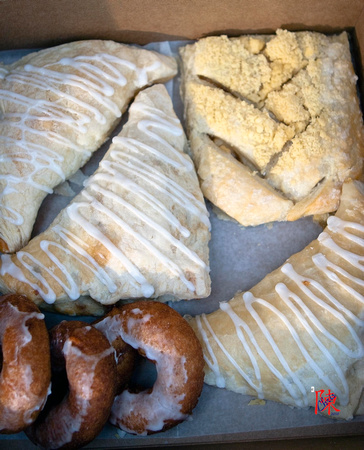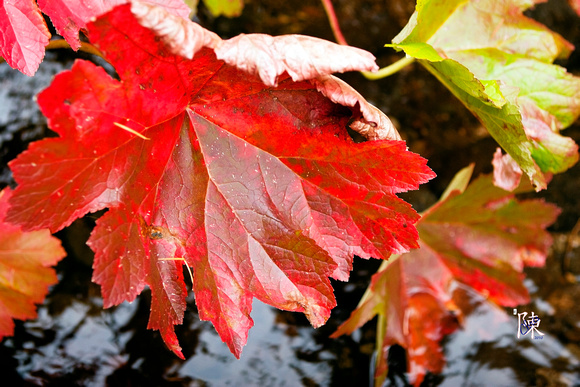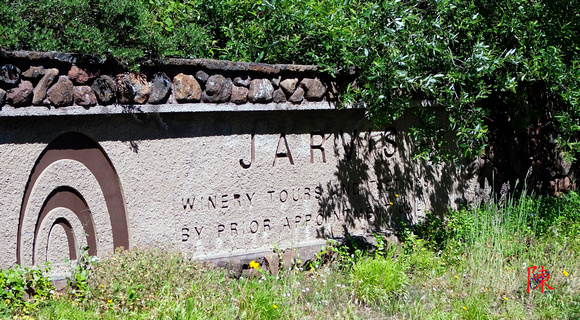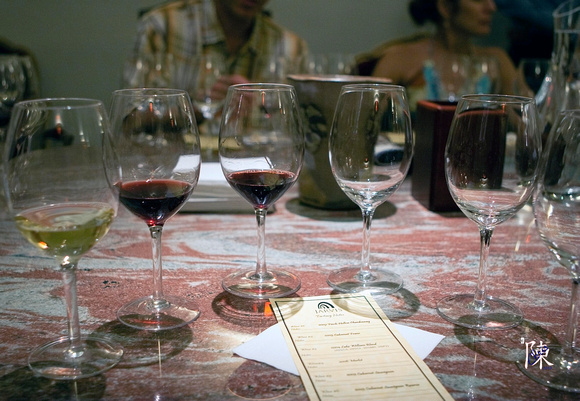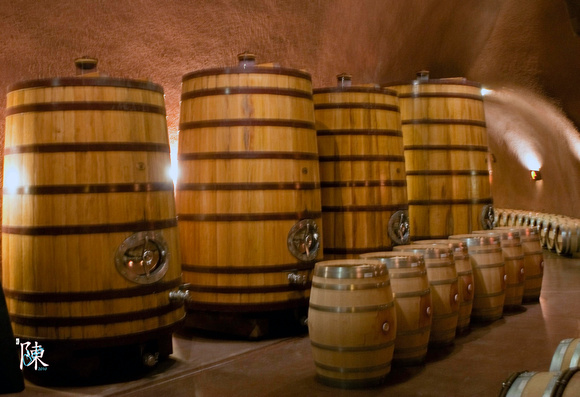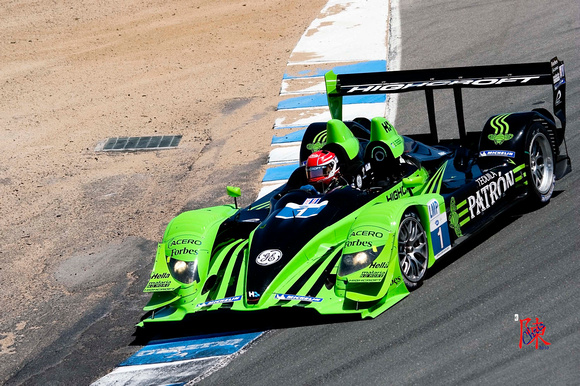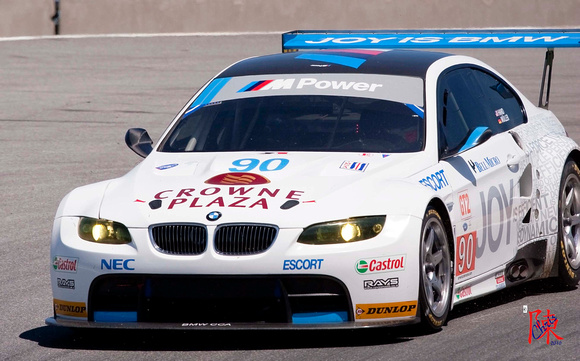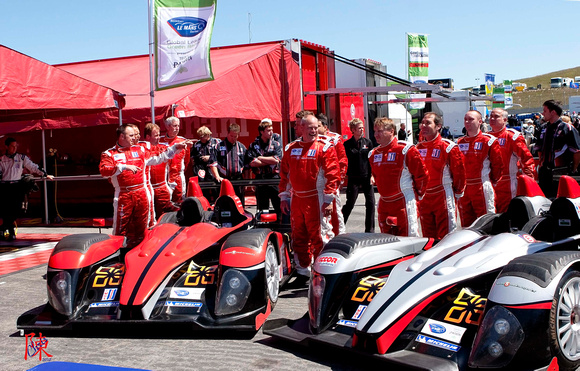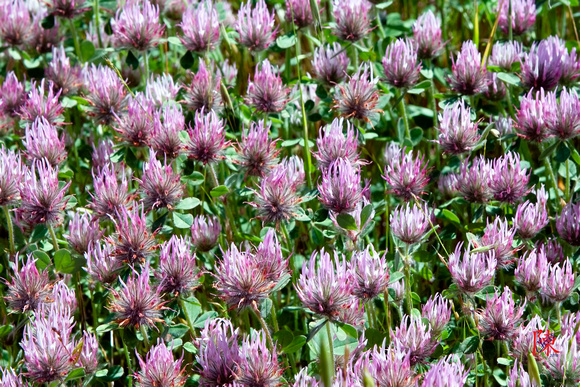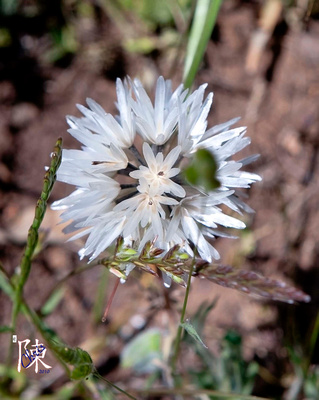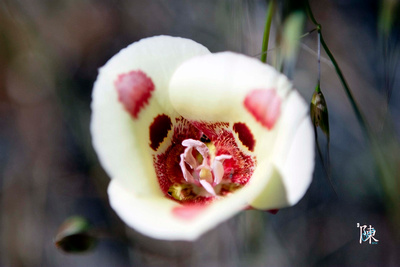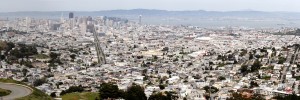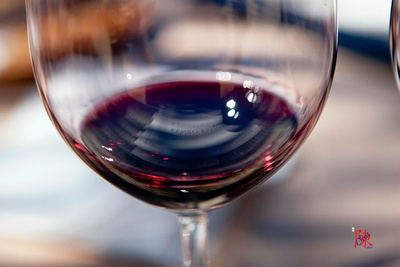
Opening to much fanfare and publicity, Kenzo Tsujimoto, Chairman and CEO of Japan’s Capcom Group (better known in the gaming circles for hit titles such as Street Fighter, MotoGP and Resident Evil), opened his winery on May 1st of this year after purchasing the property in the early nineties from the Murray family. Kenzo is a wine connoisseur who travels the world and has a large wine collection at his home in Japan (10,000 bottles). He loves wine so much that he decided to put $100 million into developing Kenzo Estate. The property, 4,000 acres a top Mt. George, was previously an equestrian center. Back in 1984, Mt George was the training site for the US Polo Team. Of the 4,000 acres owned by Kenzo, only 100 will be planted for the winery. As of now, this winery has the distinction of being the only winery in Napa with a tasting menu created by Sir Thomas Keller.
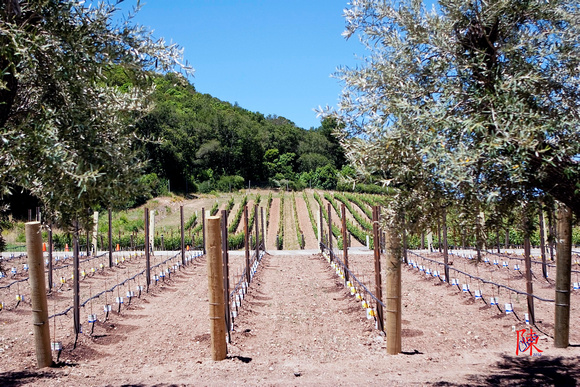
The location, about 1,000 feet above the valley floor, gives Kenzo an extended growing season due to the cooler air. Kenzo does everything in a simple, first class way. The food is done in collaboration with Sir Thomas Keller (of French Laundry, Per Se, Bouchon and Ad Hoc fame), wine is done in collaboration with Heidi Barrett (of Screaming Eagle, Grace Family Vineyards, Dalla Valle and La Sirena fame), and vineyard design/management by famed perfectionist David Abreu.

Being relatively new, the vineyard has only has only had two releases. The current release, 2006, has four varietals;
Asatsuya (morning dew) Sauvignon Blanc – bordeux style white wine – $60, $35 for 375ml
Rindo (referring to Gentians) Red Table Wine – Signature wine – blend of Cabernet Sauvignon, Merlot, Cabernet Franc and Petit Verdot – $75
Murasaki (Purple) Proprietary Red Blend – blend of Sabernet Sauvignon, Merlot, Cabernet Franc and Petit Verdot – $150 – My fav of the group
Ai (Indigo) Cabernet Sauvignon – 100% Carbernet Sauvignon – $150
*** note – purple is the traditional color of Japanese royalty
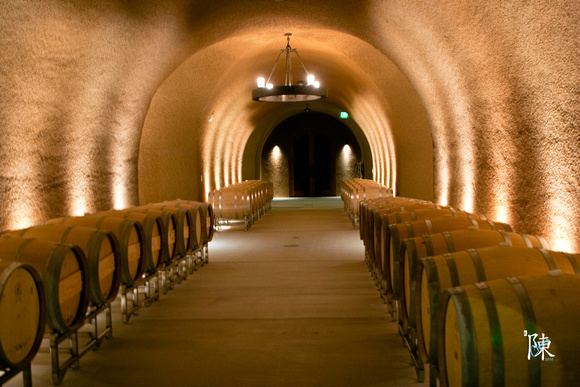
Visits to the winery are by appointment only. During your visit, you may sign up for one of three tours, differentiated only by amount of wine and food. In short, the three tours are as follow;
Tour 1 – $30 – Four one ounce pours of Kenzo Estate Wines served with a plate of crackers
Tour 2 – $50 – Four two ounce pours of Kenzo Estate Wines served with charcuterie
Tour 3 – $60 – Tour two served with a full lunch brought in daily from Sir Thomas Keller’s Bouchon restaurant in Yountville. Lunch generally consists of a choice of one of four sandwiches (French Madrange ham and gruyere, beef brisket, tuna Nicose, ) with fixins. Other food choices are available for order a la carte, including deserts from Bouchon Bakery.
The grapes are picked by hand and the vineyard is sub-divided into multiple lots so they can be picked at different times. About 6,000 cases are produced annually. The wines themselves are not available for retail sale anywhere except at the winery, where quantities are limited. The wine is served at select restaurants throughout Japan (where the majority of the wine production currently goes) and at the Thoms Keller Group restaurants in the US. There supply model is a direct producer to vendor model due to the limited production. The goal is for the wine to eventually be served at about 200 restaurants throughout the US.

The experience – upon entering through the gates, you drive about a mile past a lake and through another gate following the signs for 3200. It turns out that the estate is still actually home to several others including the previous estate owners. Arriving at the tasting room and production facilities, one notices the attention to details and the simplicity of the design. The building are of architect Backen’s California barn style with modern earth tones. For example, from the wine production (fermenting rooms) area to the cave area is a straight line, so transportation from one to the other does not unsettle the wine. The aged olive trees (@150 yrs old), recently imported, are strategically placed as are the other landscaping details (plants).

At the beginning of the tour, each guest is given their first taste of the wine, the Asatsuyu Sauvignon Blanc. As you pass the newly planted “grove” of imported aged olive trees, one starts to notice the simplicity of the overall design as well as the attention given to the smallest details.

Being such a young winery, Kenzo is still finding its way. This year, they started experimenting with concrete vats for fermentation. Other grapes are fermented in stainless steel tanks. In a straight line from the “production” area are two entrances to the caves. The caves (20,000 square feet), currently sparsely populate due to the age of the winery, may eventually hold events such as dinners and private events. After the caves, we headed back to the tasting room area where outside, there were tables setup with the flights of red wines for our tasting (and food depending on tour signed up for). Overall, it was a pretty relaxing and laid back experience.
The winery is located at 3200 Monticello Road in Napa, CA (about five miles from the Silverado Trail). Visits are by appointment only. For more information, go to their website, http://www.kenzoestate.com or http://www.kenzoestate.jp for the japanese version. More photos of our visit can be found at our Kenzo Estate Winery gallery.
